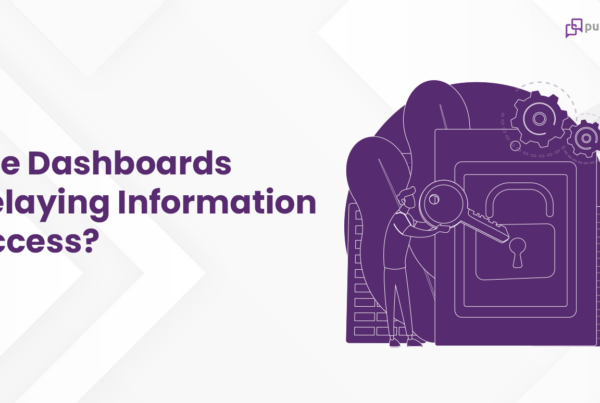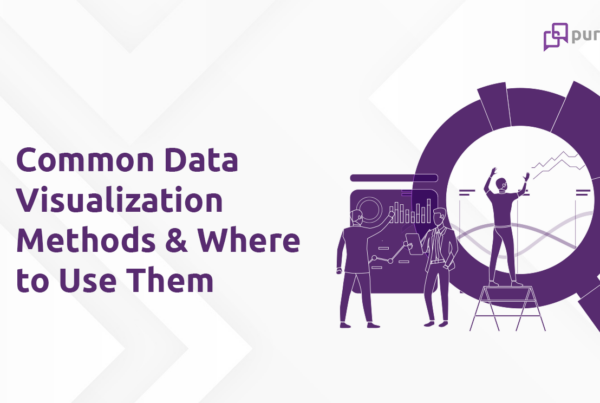
There is one quote that I feel is more relevant for today’s data rich world.
Simplicity is the ultimate sophistication.
With our ability to capture every byte of data around us, what has become the typical challenge for many organizations in this digital world, is the ability to make this data accessible to users for easy decision making. Success is often the result of or increasing the probability of making more good decisions than bad ones.
So, how do we achieve this?
Today’s technology ecosystem and the Business Intelligence (BI) world offers plenty of tools and methods to help achieve this. The advent of self-service BI and the tools that help achieve this are supposed to remove them from the clutches of the Information Technology (IT) teams and given the power right into the hands of the business users and decision makers for timely decision making.
Is it really so?
The no-code, self-service BI platforms has also lead to a rampant proliferation of dashboards and scorecards within enterprises. To such an extent that there are more dashboards and scorecards in an organization than the number of staff. You have one dashboard to do this and another to do that and more painfully producing conflicting results. Yet, a significant section of the users believe their companies are not really analytics driven.
Not that the reports and dashboards don’t serve any purpose. The contention is more with the way they function – they pump out loads of data, perhaps aggregated, and leave its interpretation to the user.
Your questions on Data need Answers, not another dashboard.
So then, are dashboards dead? No, definitely not. When you have questions on your data, you need answers, not a bunch of complex metrics that still requires a heavy cognitive workload to make sense of them. This could potentially lead to ambiguity in inference on the analytic output and eventually on the decision making process that relies more on gut instincts.
How many page hits did we have during market open yesterday?
The answer, as it seems obvious, is a straight forward number. Just that and as simple as that.
The most common way in which the answers are obtained by the user is interpreting dashboard like the one below. Very informative indeed. Couple of potential challenges with this approach:
If not, the time taken to get this data involves multiple emails hops between users and code changes to get this added to the existing dashboard or create a new dashboard.

- We are assuming, a dashboard like this would provide most of the answers for most of the users. If not, the time taken to get this data involves multiple emails hops between users and code changes to get this added to the existing dashboard or create a new dashboard.
- And, the cognitive workload (even if it is insignificant) in interpreting a dashboard and a metric to derive the answer to the question that the user had.
Often, the true merit of data is not just in ability to deliver the answer for decision making, but often in its ability to trigger a range of follow-up questions around the periphery of the answer that was provided. That is the true power of knowledge – our ability to ask more meaningful questions and get clarity. As Socrates said, Questions are more important than Answers.
Imagine asking this question to a knowledgable individual and get a response like this.
How many page hits did we have during market open yesterday?
The page hits during market open yesterday is 11M.
This is what we mean by keeping it simple. Getting answers relevant to the question at play and nothing else.
What if the above answer was supplemented with additional insights like this.
It is trending down the past 7 days. And the daily average of insights during market open is 16 M over the last 7 days.

Simplicity boils down to two things. Identify the essential and Eliminate the rest.
That’s precisely what Kea tries to do.
Keep it Simple and focus on Clarity.




